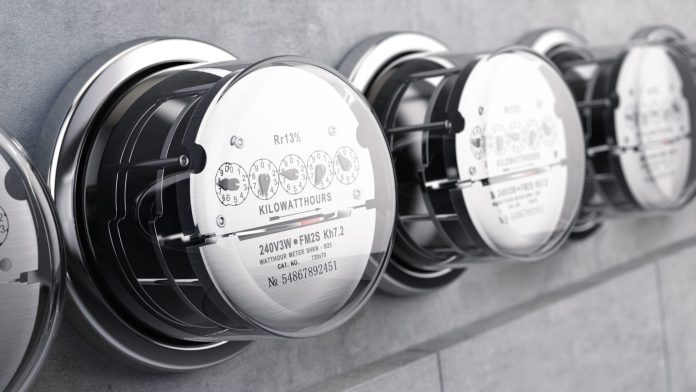Taiwanese industrial IoT provider Ubiik has released a Release 15 level dual-mode LTE-M and NB-IoT unit that can operate as a small cell or access point. It is pitching the product to mobile network operators and private LTE network providers, supplying industrial enterprises. The new solution marks the firm’s first entry into the cellular IoT market, and the first Release 15 small cell on the market, it said. The new solution is already integrated into industrial IoT offers from unnamed virtual network (MVNO) and chipset partners, it said.
The small-cell solution, part of Ubiik’s Hermes line of (traditionally Weightless) products, offers multi-carrier standalone NB-IoT support, as well as standalone LTE-M in 1.4MHz, 3MHz and 5MHz bandwidths. It also includes support for voice over LTE (VoLTE). It can work as a small cell with an external core (evolved packet core / EPC) network thanks to LTE Cat-1 and Ethernet backhaul options, as well as an access point with its built-in EPC and integrated home subscriber service HSS.
It currently supports FDD LTE-M and NB-IoT in bands 3 (1800MHz) and 8 (900MHz), with an output power of 27dBm. “This makes it a great solution for private industrial or utility networks with stringent performance and capacity requirements, as well as for innovative hybrid deployments,” the company said in a statement. It added: “For private LTE networks in band 8 in the US or band 3 in the UK, for instance, Hermes can be used to operate a standalone LTE-M network in 1.4MHz or 3MHz, or a NB-IoT network with multi-carrier support.”

The last reference is to the Release 14 feature for ‘non-anchor carriers’. It stated: “It could [also] complement… the coverage of public mobile networks by operating in guard bands in hard-to-reach areas, such as underground, in basements, and deep indoors. Its support for non-anchor carriers in NB-IoT also enables maximizing the network capacity in dedicated networks with limited spectrum availability.”
Support for 450MHz operation in 3GPP bands 31/72/73 will be released soon, with support for bands 87 and 88 also available “upon request”. Ubiik called it a “perfect fit for power-sensitive NB-IoT use cases like water metering”. The firm claims leadership in the advanced metering infrastructure (AMI) market with utilities (in Taiwan), notably for electricity meters. It claims 650,000-odd “connections under contract”, with around 300,000 already deployed.
Founded in 2016, the firm started in the IoT space by providing low-power wide-area (LPWA) technology Weightless for electricity metering infrastructure private deployments. It has since grown its connectivity offerings to include LTE-based NB-IoT and LTE-M. 3GPP Releases 14 and 15 make LTE-M and NB-IoT complementary with Weightless LPWAN, said Ubiik.
Tien-haw Peng, founder and chief executive at Ubiik, explained: “While Weightless LPWAN is perfectly suited for applications requiring the transmission of a small amount of data such as AMI, we envision a strong growth of the private cellular IoT market using LTE-M and NB-IoT. With the launch of Hermes… utilities and industrial IoT markets which require a system with higher throughput or lower latency will now have a secure and high-performance 3GPP-compliant solution.”
Fabien Petitgrand, chief technology officer at Ubiik, said: “We are delighted to keep serving our industrial and utilities customers with the best technologies and innovative products. As a world-first Release 15 small cell optimized for LTE-M and NB-IoT and for private networks, Hermes is the ideal addition to our Weightless LPWAN product portfolio. Its high-performance ARM-based architecture and full-software implementation allow for flexible use cases and deployment schemes.
“It has already demonstrated 200 concurrent RRC connections in a single NB-IoT carrier, more than some macro stations. It can operate as an all-in-one access point with embedded EPC/HSS/SGW/PGW, a small cell integrated with customers’ EPC over S1 interface, or their HSS over S6a – as well as a dedicated network with Ubiik-hosted or on-premises core network, with roaming capability over S8 interface. That would unlock innovative deployment schemes, for instance enabling MVNOs to complement public networks’ coverage in their own guard bands.”

